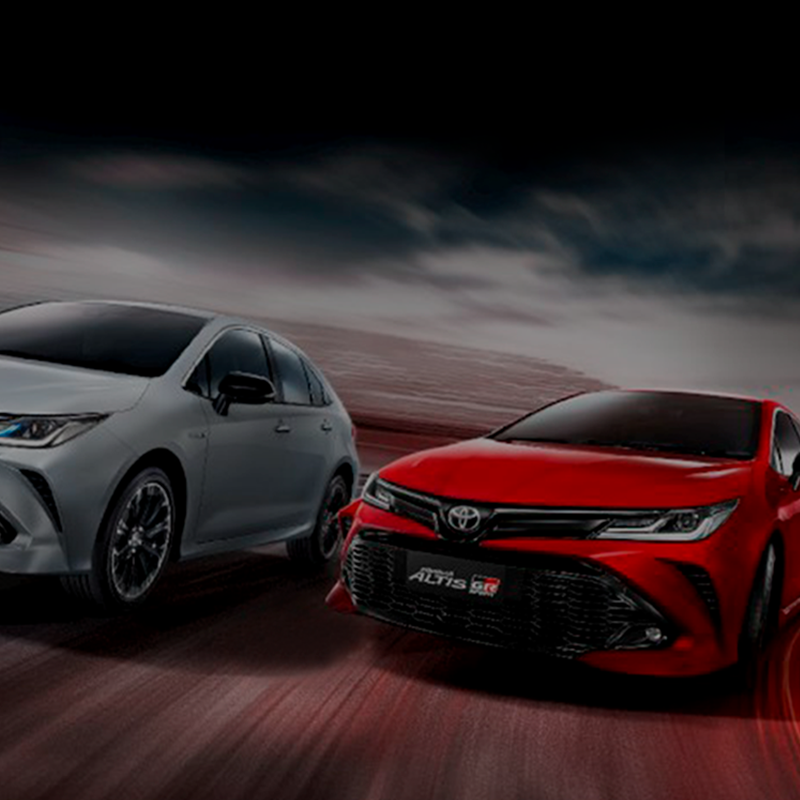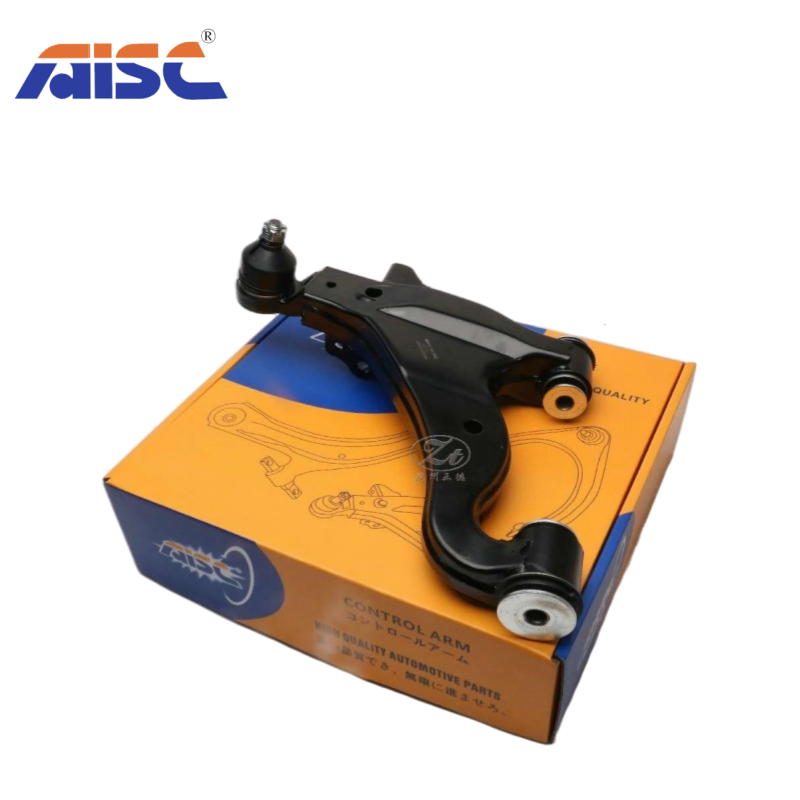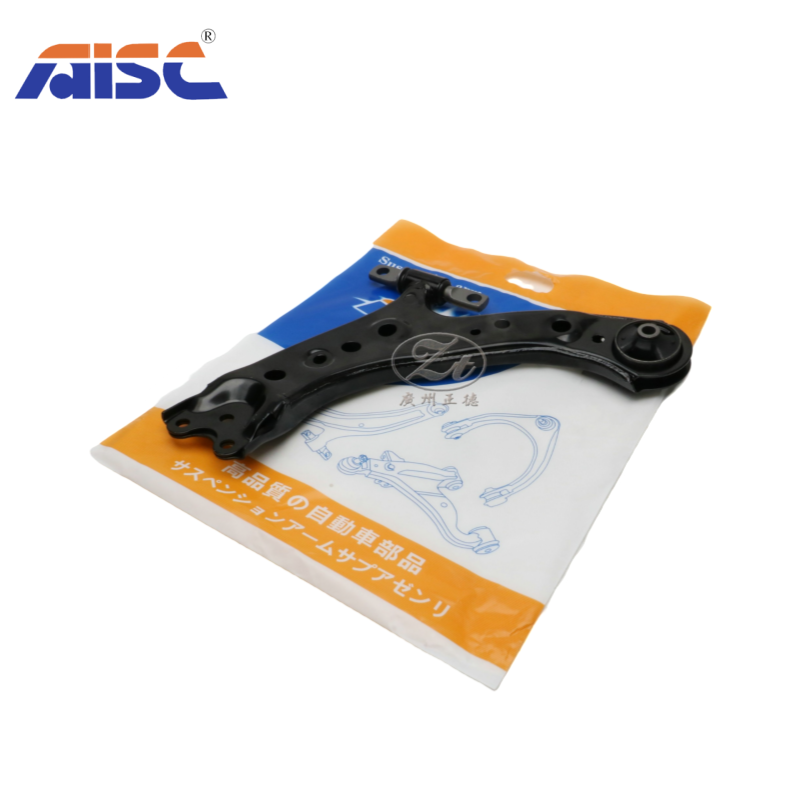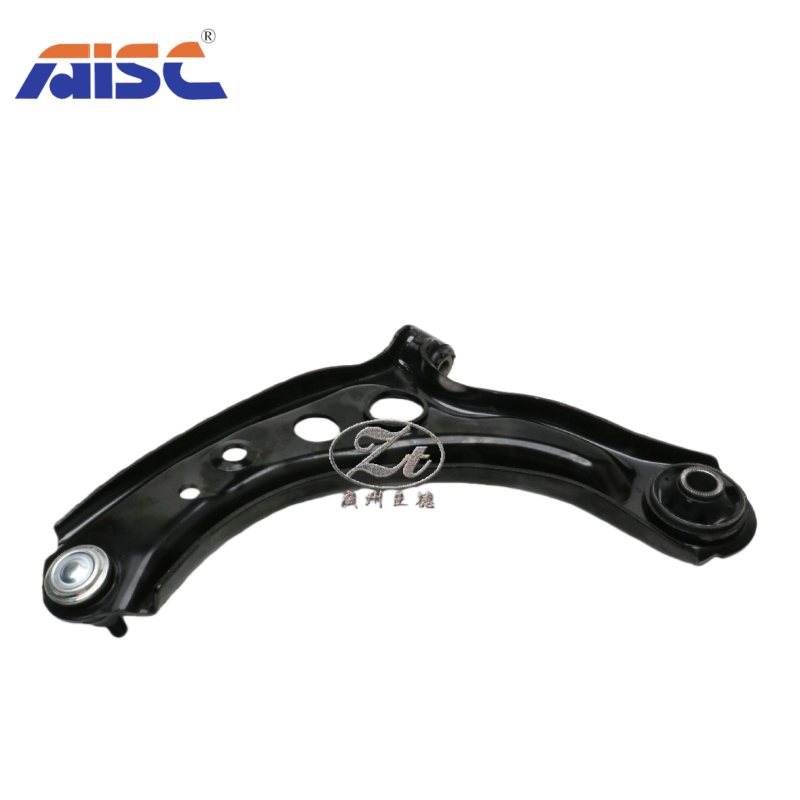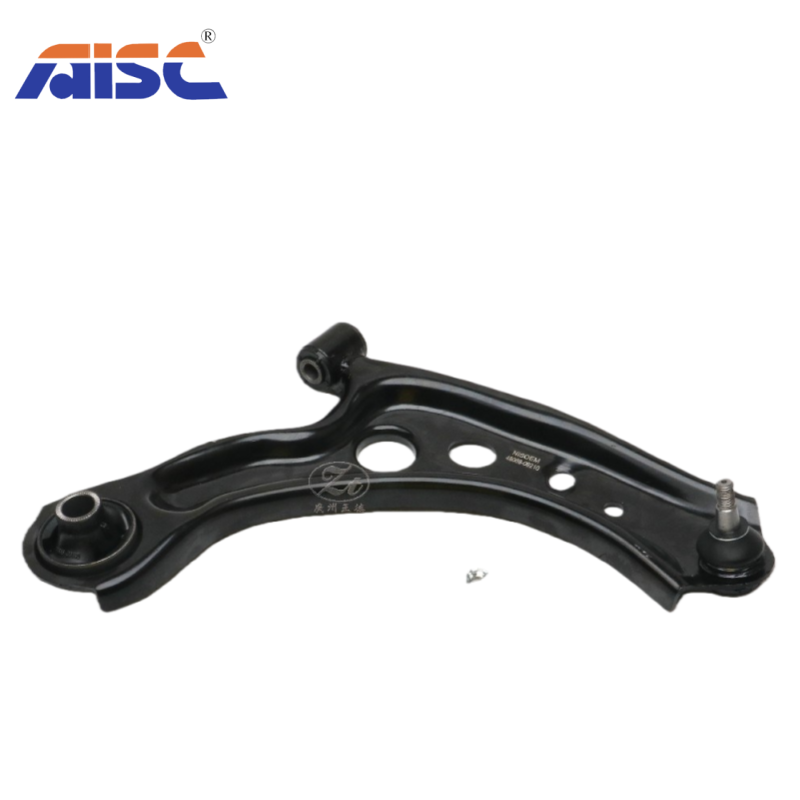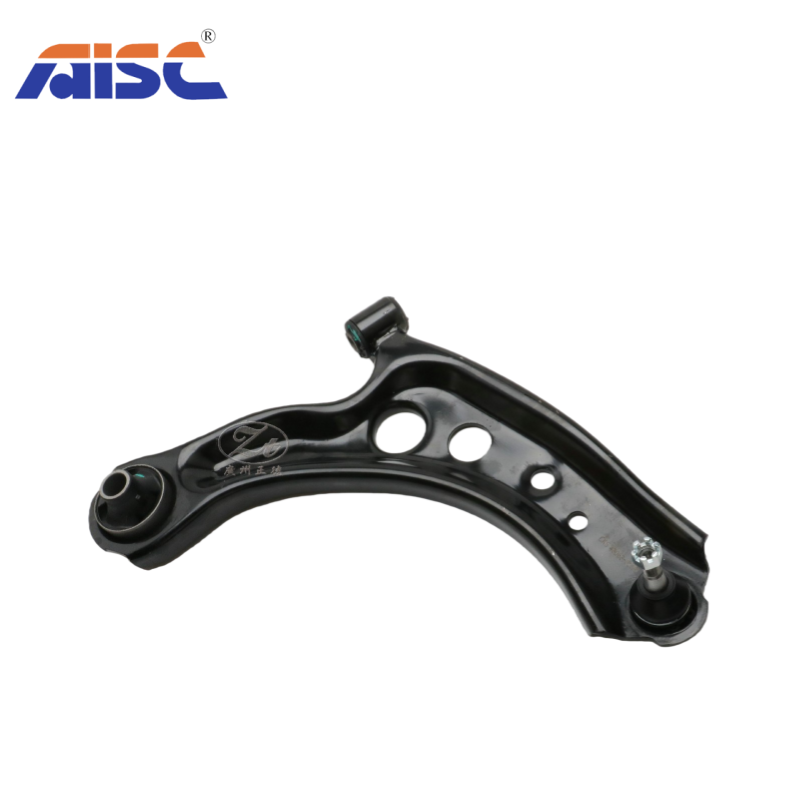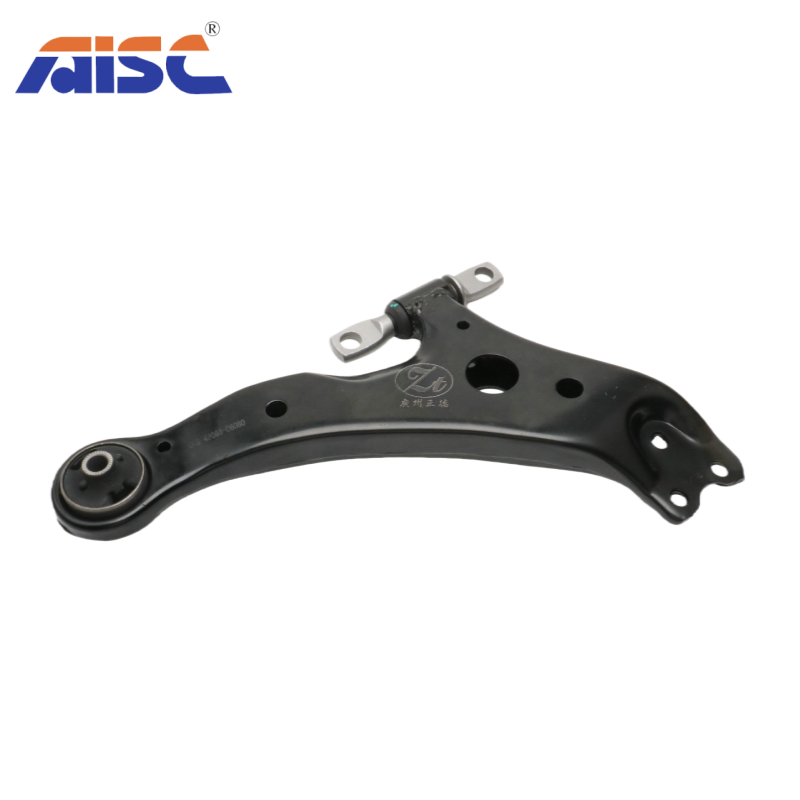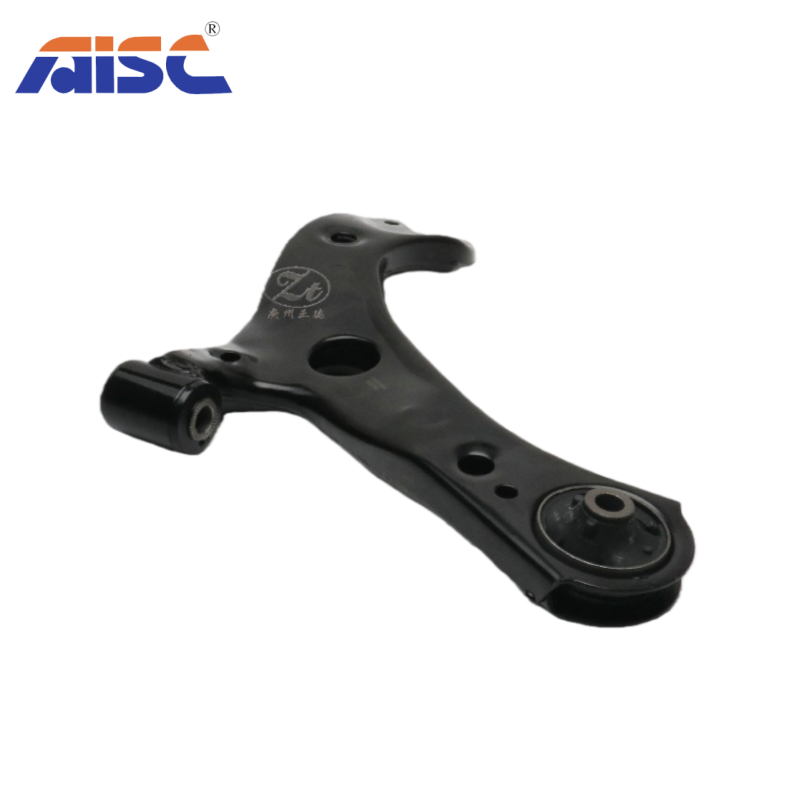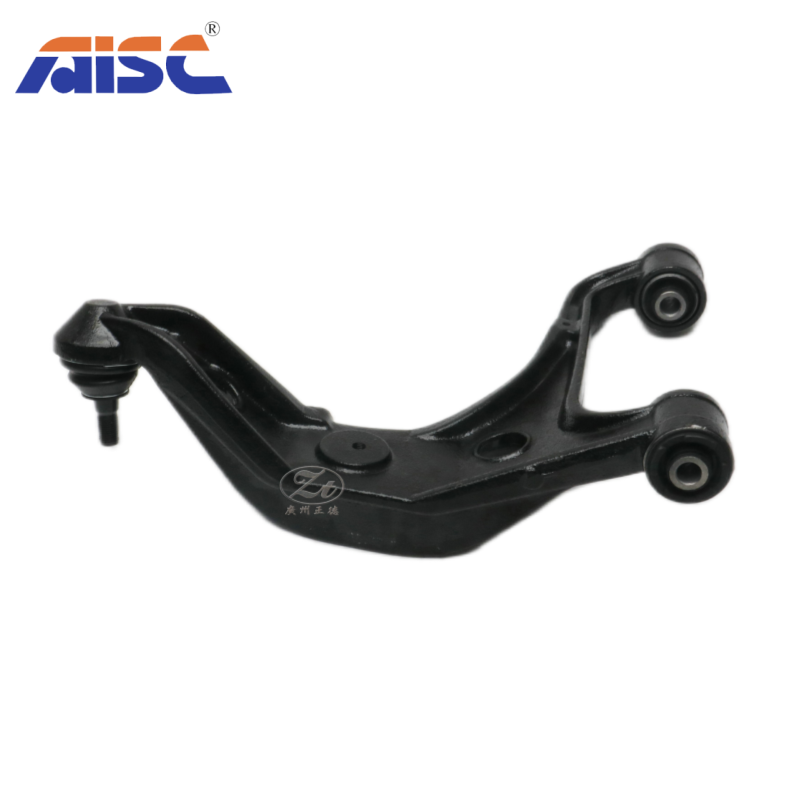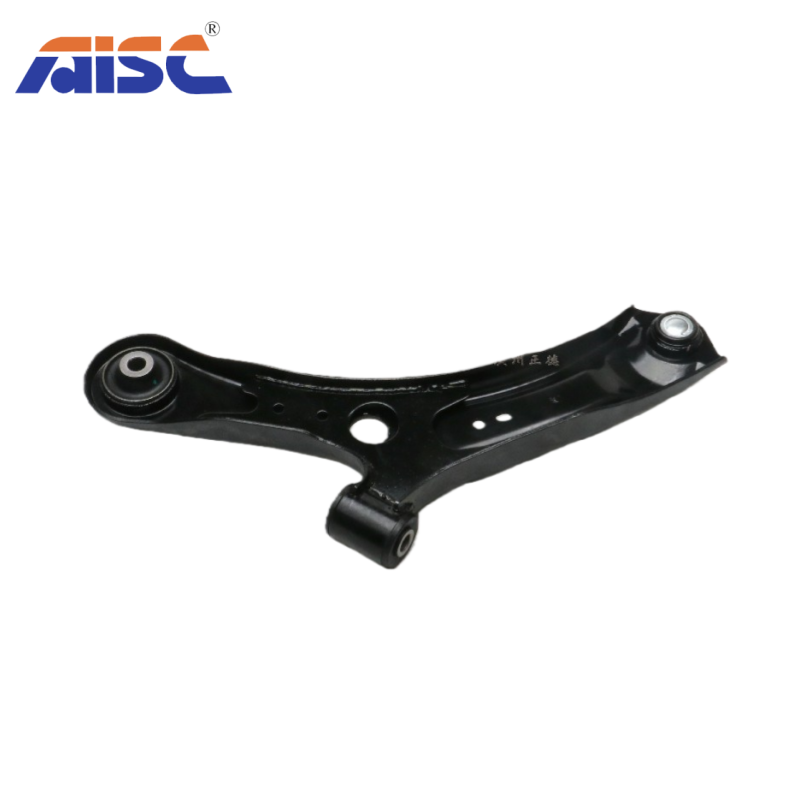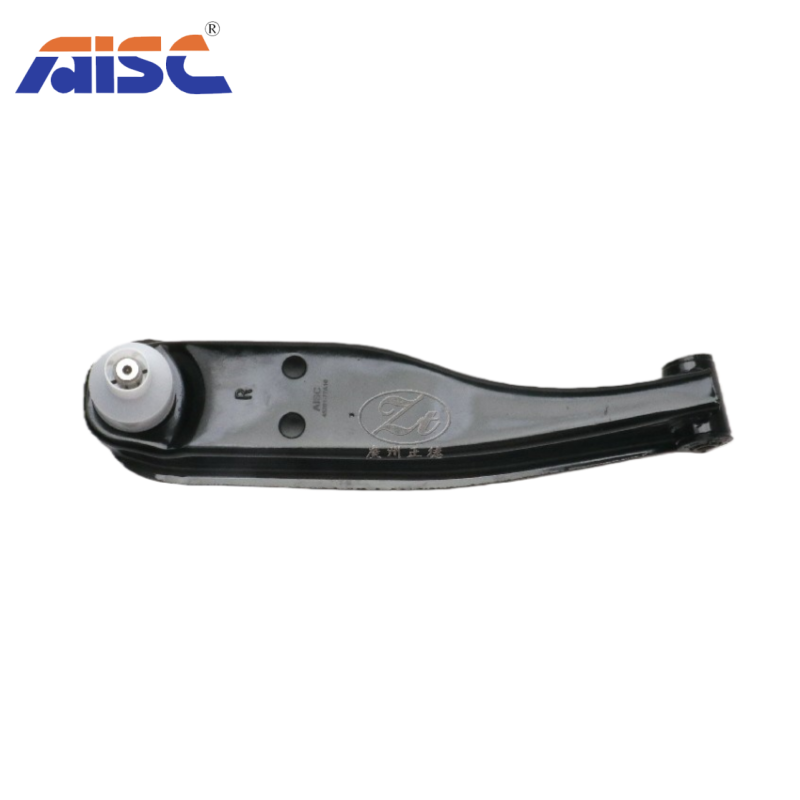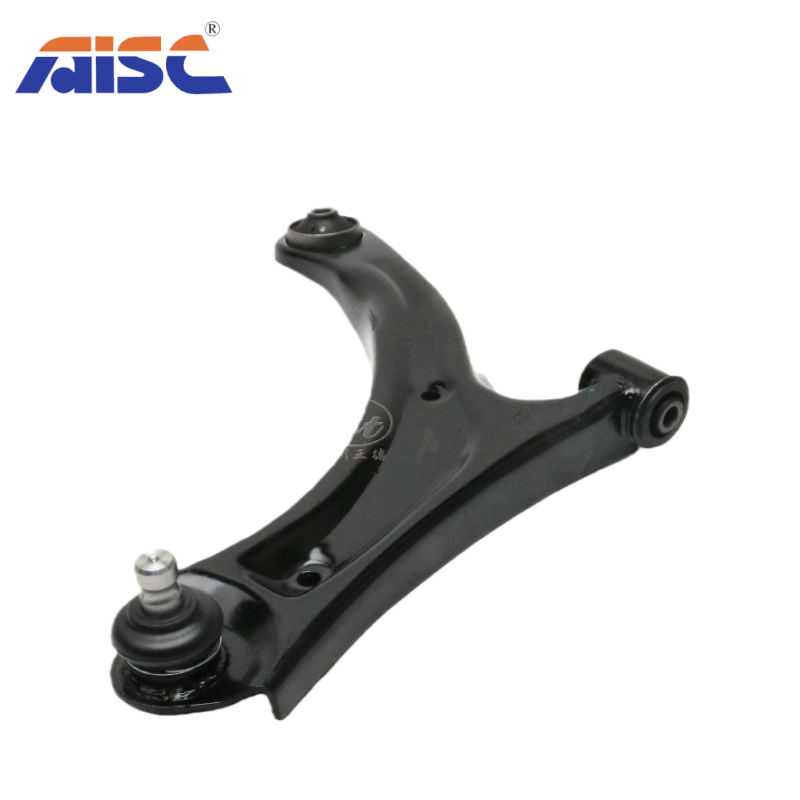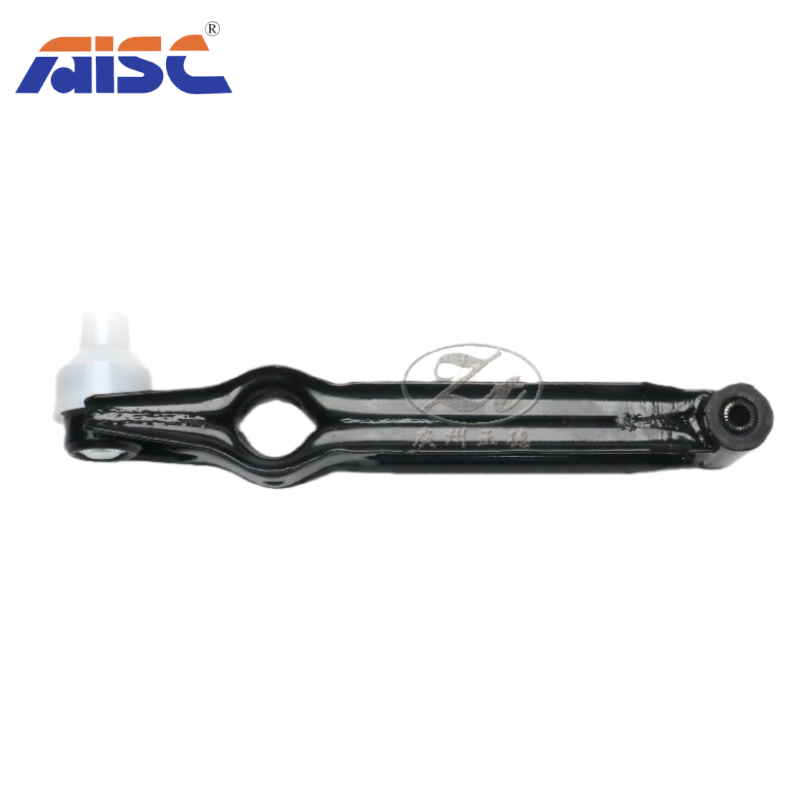Email format error
Email cannot be empty
Email already exists
6-20 characters(letters plus numbers only)
The password is inconsistent
Email format error
Email cannot be empty
Email does not exist
6-20 characters(letters plus numbers only)
The password is inconsistent

Auto Suspension Systems
Auto Suspension Systems
(161)Function: An auto suspension system is a critical component of a vehicle that provides a smooth and comfortable ride by absorbing shock and vibrations caused by uneven road surfaces.
Composition: It comprises several parts, including springs, shock absorbers, struts, control arms, and sway bars, etc.
Shock absorbers, also known as dampers, work with the springs to control the movement of the vehicle's wheels. They help to reduce the bouncing of the vehicle after hitting a bump, ensuring that the tires remain in contact with the road surface.
Struts are similar to shock absorbers, but they are designed to support a more significant portion of the vehicle's weight. They are usually located at the front of the vehicle and are more common in smaller cars. The related product OEM Strut Mount and Strut Mount Bearing can be found here.
Control arms and sway bars help to stabilize the vehicle's suspension system. Control arms connect the suspension system to the vehicle's frame, while sway bars help to reduce body roll during cornering.
Stabilizer bushings are a critical component of a vehicle's suspension system, playing a vital role in stabilizing the vehicle during turns and preventing excessive body roll. By investing in this relatively inexpensive repair, you can improve your driving experience and enjoy a more stable, comfortable ride.
Types: There are several types of auto suspension systems, including independent suspension, dependent suspension, and semi-independent suspension. Most modern cars use independent suspension, which allows each wheel to move independently, providing a smoother ride and better handling.
Comparison table of the Nissan and Toyota OEM parts for auto suspension systems:
| Component | Nissan Part Number | Nissan Description | Toyota Part Number | Toyota Description |
|---|---|---|---|---|
| Control Arm | 54500-XXXXX | Front lower control arm | - | Front lower control arm |
| Stabilizer Bar Link | 54618-XXXX | Rear stabilizer bar link | - | Rear stabilizer bar link |
| Strut Mount | 54320-XXXX | Front Strut Mount | 48609-XXXX | Strut Mount |
Please note that these part numbers and descriptions are subject to change, Just contact us for the detailed information.
The auto suspension system is a crucial component of any vehicle that helps to provide a smooth and comfortable ride, improve handling, and ensure safety on the road.

